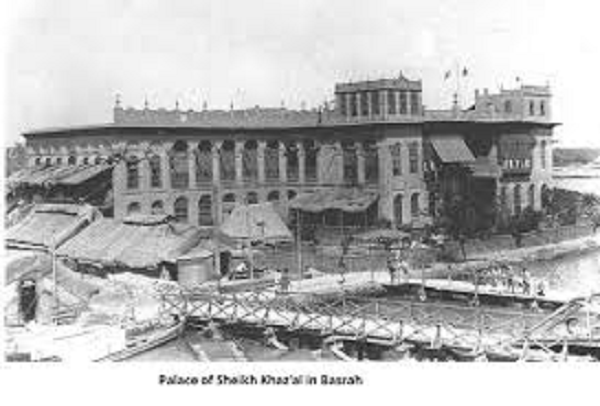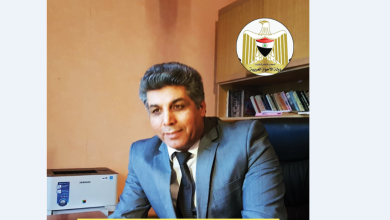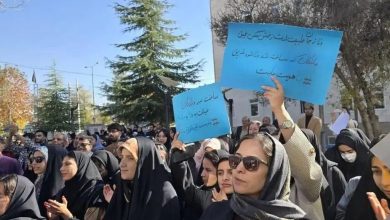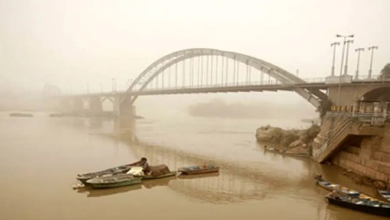
Sheikh Khazal Al-Kaabi Palace in Basra: A Unique Arab Masterpiece
The Palace of Sheikh Khazal Al-Kaabi, the last ruler of the Arab state of Ahvaz before it was annexed by Tehran in 1925, is located in the old city of Basra, southern Iraq. Built in the 19th century, the palace stands out for its luxurious architecture and intricate decorations. Situated in Al-Basha district by the banks of the Ashar River, it is one of Iraq’s historic *Shanasheel* houses dating back to the Ottoman era.
Palace Area and Structure
The Sheikh Khazal Al-Kaabi Palace was constructed over an area exceeding 500 square meters, with an adjacent house for servants who worked in the palace. This house underwent extensive damage after 2003 due to acts of vandalism but was later restored by UNESCO. The palace follows the *Shanasheel* architectural style, marked by ornately decorated balconies on the upper floor, a style dating back to the Abbasid era. The term *Shanasheel* is thought to derive from the Persian *Shah-Neshin*, meaning “king’s seat.” The palace was built using bricks, iron, and light, cooling *Jawi* wood, which insulates well against heat and humidity.
Interior and Exterior Layout
The palace now functions as a cultural and arts center, hosting art and photography exhibitions as well as literary events. It has several sections, including:
– The Interior: reception rooms, bedrooms, and dining areas.
– The Exterior: gardens, courtyards, and open spaces.
The palace courtyard measures 14.3 meters in length and 14.8 meters in width and is paved with square bricks called *farshi*, commonly used in homes at that time. The courtyard is adorned with arches, totaling 28 in number, crafted from bricks and featuring detailed patterns.
The Ground Floor and Columns
On the ground floor, there are eight rooms, each with distinct sizes, heights, and ornamentation. Several rooms are connected by arched doorways, and there are five arched openings for ventilation. Additionally, there are 12 columns, each 3.4 meters high, that support the balcony on the second floor. Two prominent columns, each 7 meters high, support the broader balcony above, which measures 2.5 meters wide.
The balcony’s decorations feature interlocking circular and triangular designs, creating a unique aesthetic with white patterns against a brown background. Above this is another pattern made of brick, adding a distinctive touch to the space.
Intricate Woodwork and Ceiling Design
Visitors to Sheikh Khazal’s palace can observe contrasting ceiling designs. While some rooms have beautifully carved wooden ceilings in brown and blue, others feature brickwork with complex geometric patterns. The two largest rooms on the ground floor are adorned with elaborate geometric designs, while one room has an especially high ceiling and large windows, distinguishing it from the others.
On the second floor, seven rooms vary in window sizes and designs. In one room, a large 3.7-meter-tall wooden window, decorated with intricate carvings, overlooks the upper balcony.
Transformation into a Museum
The residence was converted into a museum in 1971, showcasing artifacts from Sheikh Khazal’s reign. It has since become a key historical landmark in Basra, attracting visitors locally and internationally. Various cultural institutions have occupied it over the years, including the Iraqi Maqam House, the Basra Radio and Television Annex, and the Basra Cultural House.
Restoration Efforts
The palace was first restored in the 1980s, focusing on ceiling and wall renovations. Bricks and reinforced iron were used to replace old materials, and the wooden decorations were also refurbished. Exterior and interior walls were repointed to preserve the palace’s original appearance. Preservation efforts such as these may be rare in the foreseeable future.
European Union Involvement in Restoration
On December 12, 2023, EU Ambassador to Iraq, Thomas Seiler, visited Sheikh Khazal Al-Kaabi Palace to review UNESCO’s restoration campaign for heritage sites in old Basra. He toured the palace, viewed a photographic exhibition documenting the restoration phases, and received an in-depth explanation of the project from UNESCO representative Qusay Al-Shamkawi.




